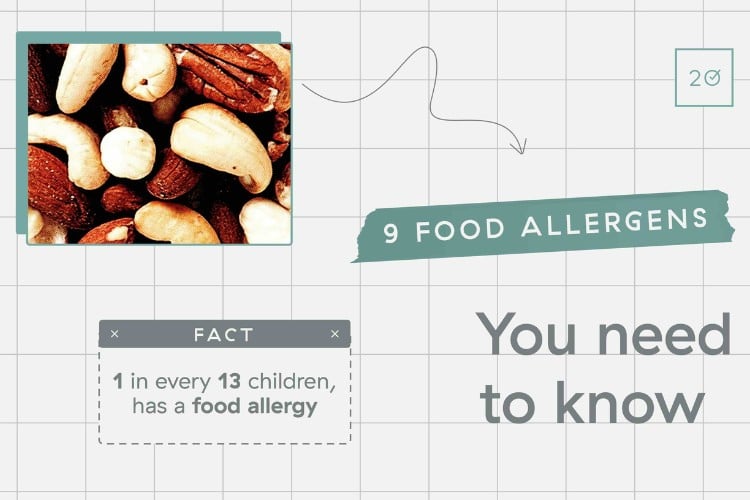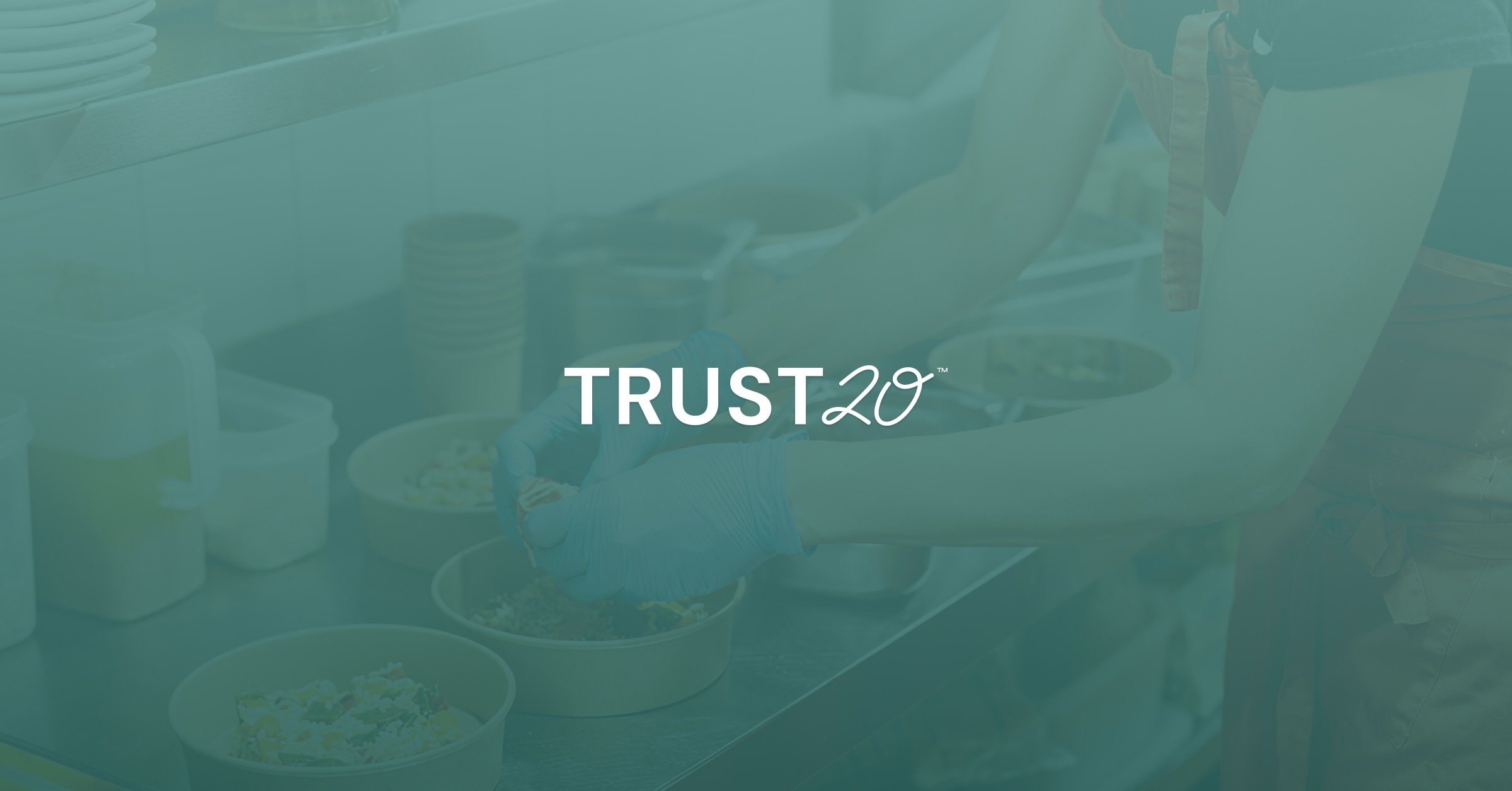Trust20 recently outlined the differences between a food allergy, intolerance, and preference–but what kinds of food allergies are out there? Food Allergy Research & Education notes that food allergies are a life-threatening medical condition affecting 32 million Americans. In fact, one in every 13 children has a food allergy.1
A food allergy occurs when someone’s immune system overreacts to a protein or enzyme in a food. These immune responses range from mild to severe and some symptoms can even be mistaken for symptoms of other medical conditions. It is important for everyone who works in foodservice to understand the severity of food allergies and know what to look out for when someone at their table or in their establishment says they are allergic to a particular food.
In this article, we will cover:
Preventing allergic reactions in foodservice environments
What to look for
It is required by law that food packaging identify allergens in a product and whether or not the product was prepared in a facility where there is risk for cross-contact with allergens.
The Food Allergen Labeling and Consumer Protection Act (FALCPA) identified eight foods as major allergens and, in April 2021, the Food Allergy Safety, Treatment, Education, and Research (FASTER) Act was signed–declaring the U.S. recognizes a ninth major food allergen.
The most common food allergens include:
It became mandatory to label sesame as a major allergen in all packaged foods regulated by the U.S. Food and Drug Administration (FDA) on January 1, 2023.
Preventing allergic reactions in foodservice environments
The best way to prevent an allergic reaction is to practice safe food handling procedures. There are eight key ways to prevent allergic reactions in a foodservice environment:
-
Establish food allergen policies and share them with your guests
-
Inform the entire staff after an allergen-free order has been placed
-
Establish food allergen policies and share them with your guests
-
Store allergenic ingredients separately from other stock
-
Check ingredient labels for allergens
-
Wash hands and change gloves before and after handling allergens
-
Use separate utensils and food contact surfaces for handling allergens
-
Sanitize all utensils and surfaces that touch allergens
The bottom line
Food allergies are incredibly common and you never know how severe someone’s allergic reaction may be just by looking at them. Taking the appropriate steps to prevent cross-contact of foods will protect you, your guests, as well as the establishment serving them. It is also vital you ensure you and your team all know the proper procedures and protocols in case someone has an allergic reaction in your restaurant.
Sources:
- FARE: What is a Food Allergy?






.png)

.png)
